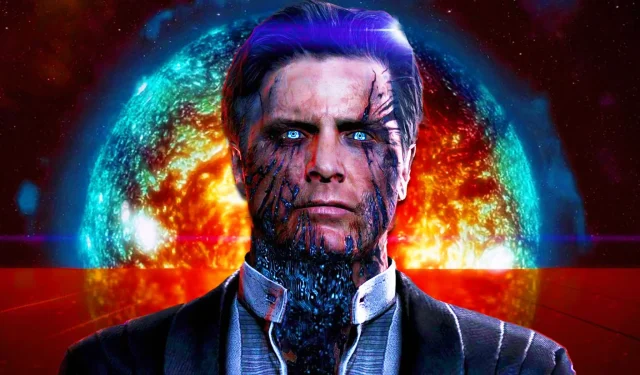
Mass Effect 5 marks a return to the rich narratives of the Milky Way Galaxy, thrusting the beloved original trilogy back into focus. This transition means developers face a significant decision—determining which ending of Mass Effect 3 will be considered canonical. The conclusion of the trilogy left many fans wanting more, but there remains an intriguing avenue to continue the storyline without selecting a definitive ending.
Mass Effect 3 features three primary endings, along with an additional variation, each of which sets the stage for a distinctly different direction for Mass Effect 5. The Destroy ending often emerges as the most likely to be canonical, particularly due to the poignant extra scene in which Shepard is shown taking a breath amid the debris, contingent on the player’s accumulation of War Assets. In contrast, the Synthesis ending merges organic and synthetic life, while the Control ending sees Shepard assume command of the Reapers. The final option is a non-choice, wherein Shepard witnesses the Reapers decimating forces from the Crucible without taking any definitive action.
Understanding the Indoctrination Theory
Exploring Mass Effect’s Contested Fan Theory
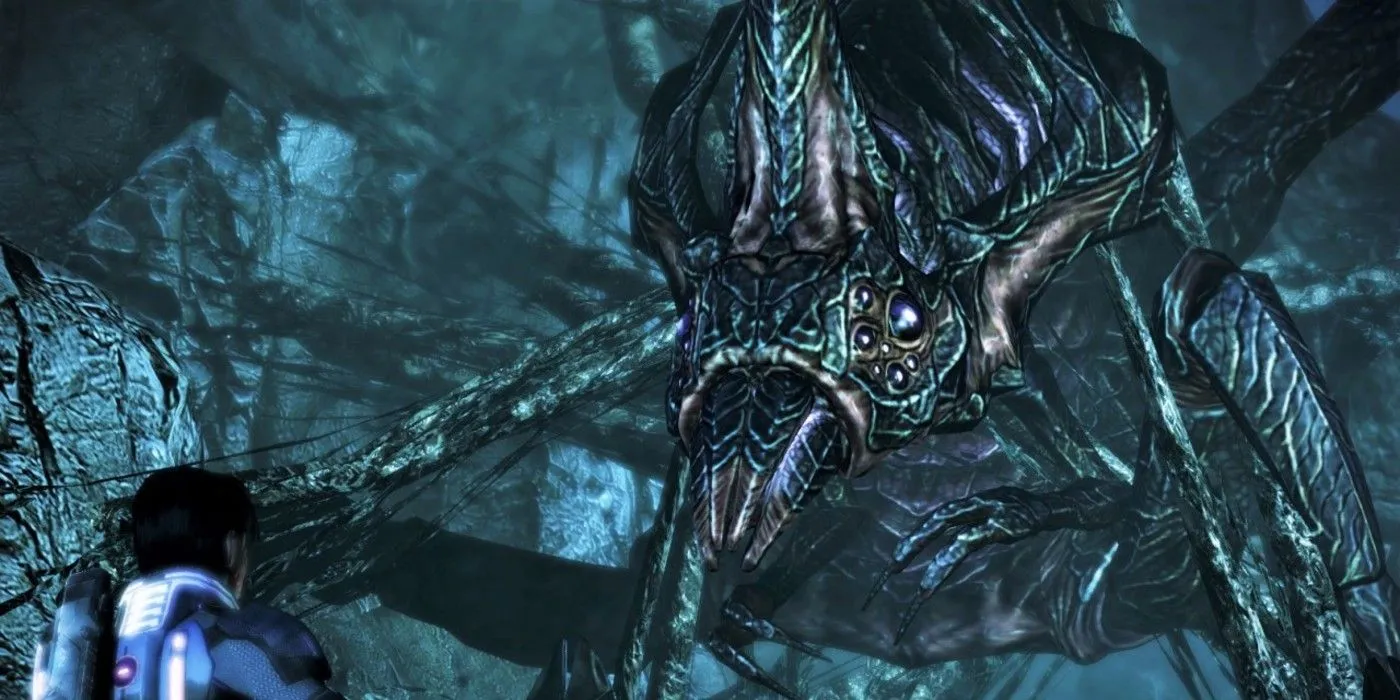
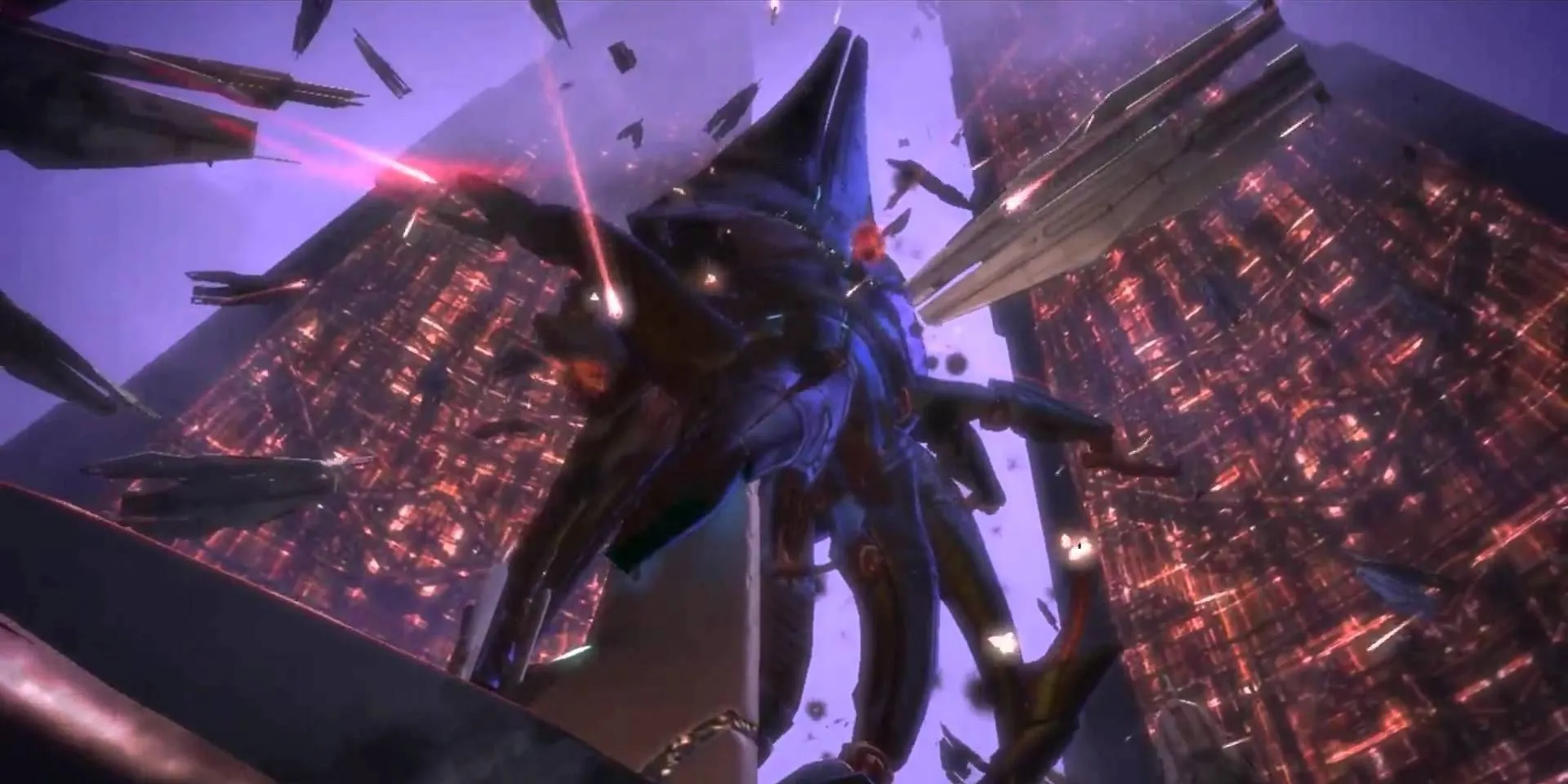

The Indoctrination Theory posits that Shepard is in the throes of indoctrination by the Reapers. In this context, the climactic scenes of the game can be interpreted as either a successful conversion to their will or a triumphant escape from their grasp. Many fans champion this theory as a more fitting conclusion to the narrative, helping to achieve coherence in light of numerous plot inconsistencies that permeate the series. Certain elements in the game appear to support this notion, leading players to speculate about the original intent of the storyline.
Although the developers have denied that the Indoctrination Theory was their goal, its insights can provide context for several narrative disjunctions. Proponents of the theory argue that key elements were perhaps part of an earlier storyline that underwent alterations during development, leaving remnants of the original tale within the game. Notably, Shepard’s experiences throughout the series align closely with descriptions of indoctrination as recounted by various game characters.
Indoctrination has been a recurring theme since the inception of the trilogy, and the introduction of the Crucible in Mass Effect 3 stands as a notable deviation. Characters such as Saren—unveiled as the first main antagonist—and The Illusive Man in Mass Effect 2, both grapple with indoctrination, reflecting the ongoing struggle against Reaper influence. This thematic thread has followed Shepard on their journey, further nurturing the Indoctrination Theory’s legitimacy.
Indicators of Shepard’s Possible Indoctrination
Addressing Plot Holes with This Theory
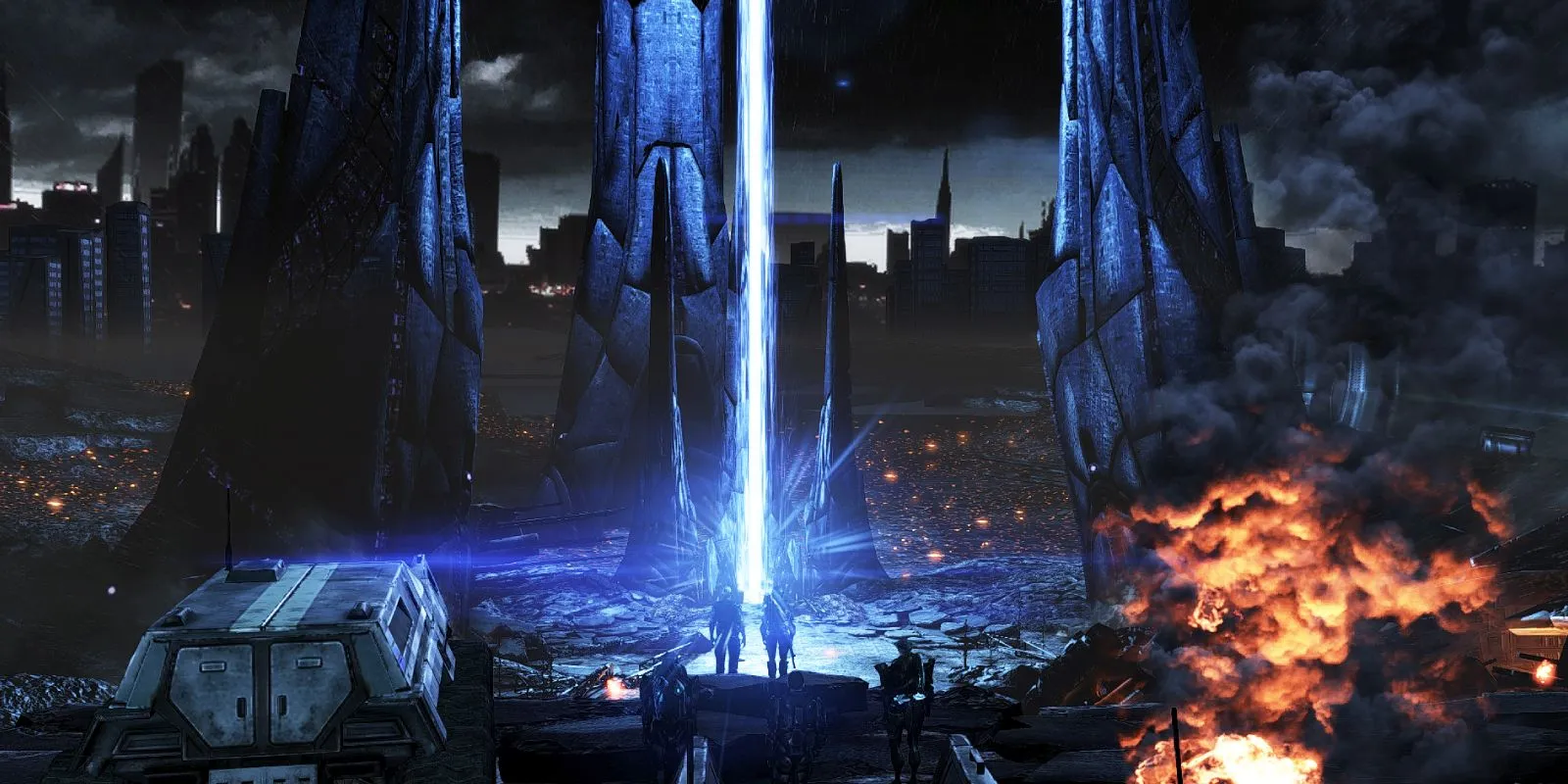
Indoctrination remains a poorly understood phenomenon within the Milky Way galactic races. This is not surprising given their ignorance of the Reapers’ existence until the impending cycle of harvesting. However, characters who’ve encountered indoctrination share common indicators. For instance, residents on Eden Prime reported a disturbing noise accompanying Sovereign’s descent, while Rana on Virmire described a subtle whisper compelling obedience and reducing others to mindless followers.
The Rachni Queen’s partial resistance to indoctrination contrasts with the fate of her kin, who succumbed to the Reapers’ haunting song, described by her as enveloped in shadowy forms. Other characters reflect on their experiences trying to maintain their autonomy in face of indoctrination—yet Shepard perceptively accuses Saren of unrecognized total indoctrination. The cumulative insight suggests that indoctrination gradually erodes the victim’s will, leading them to hear noises, experience hallucinations, and believe they are still in control.
Interestingly, despite Shepard’s extensive exposure to Reaper technology, visible signs of indoctrination emerge predominantly in Mass Effect 3. Early moments in the game further strengthen the Indoctrination Theory, such as a vision of a boy during the escape from Earth, perceived by many as a hallucination amidst psychological turmoil. Notably, this boy appears repeatedly, often speaking on behalf of the Reapers, thus raising the possibility of Shepard’s indoctrination.
Implications of the Indoctrination Theory for Mass Effect 5
Crafting An Unexpected Narrative Journey
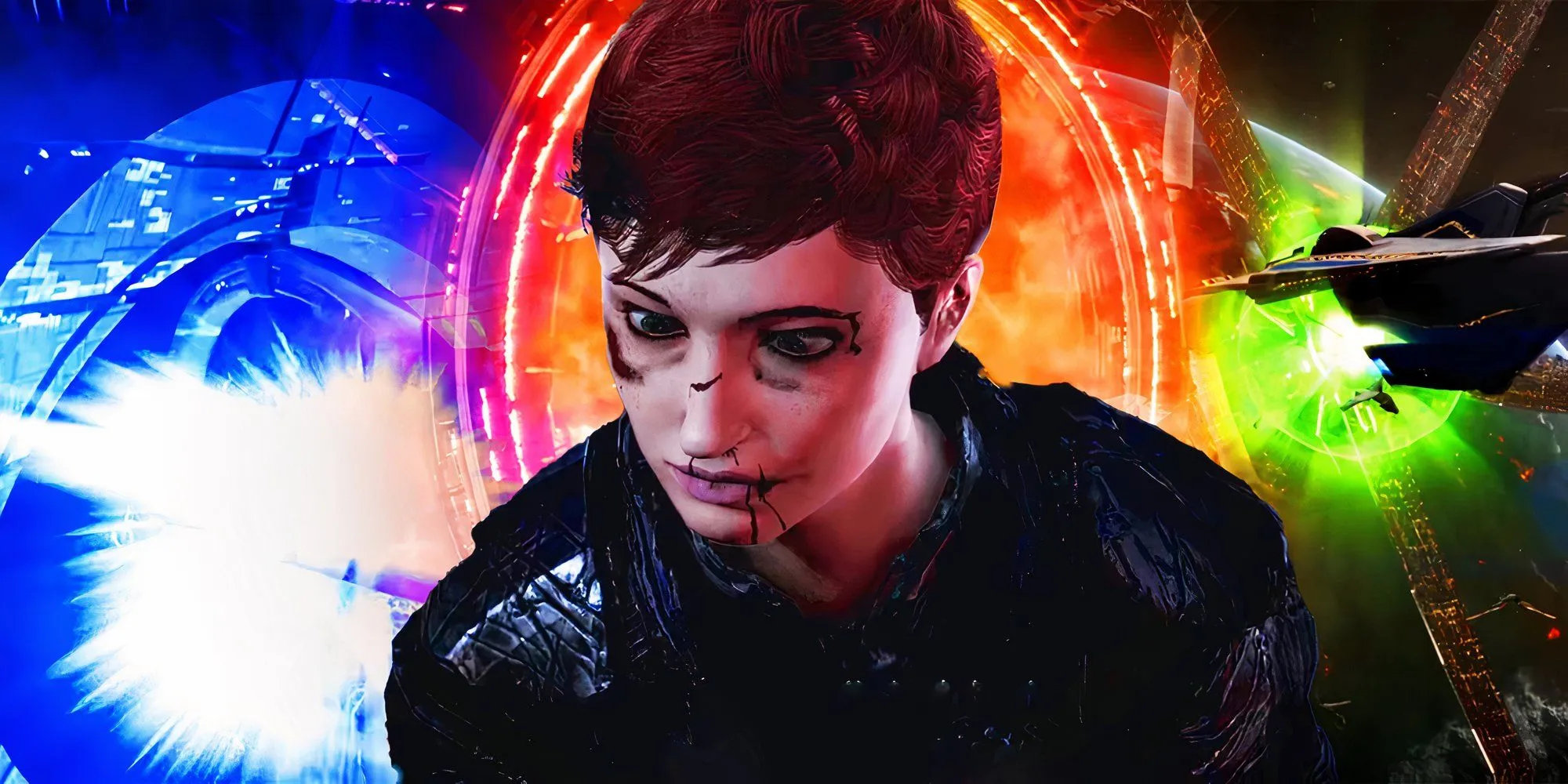
There are notable advantages to adopting the Indoctrination Theory as the canonical conclusion of Mass Effect 3. Primarily, it circumvents the challenge of declaring one of the three main endings as canon while reaping the narrative benefits associated with the Destroy ending. This narrative could articulate a scenario where the Milky Way fortifies itself repeatedly against the Reapers over time, culminating in a collective victory, and poses questions about Shepard’s fate and state of mind following the attempted indoctrination.
The Indoctrination Theory has ignited passionate debates among the Mass Effect community, with opinions sharply divided. Even for skeptics, the theory intriguingly addresses numerous plot inconsistencies present in Mass Effect 3. Although its acceptance as canon remains speculative, the potential for rich storytelling might make it an appealing avenue for developers to explore in Mass Effect 5.




Leave a Reply